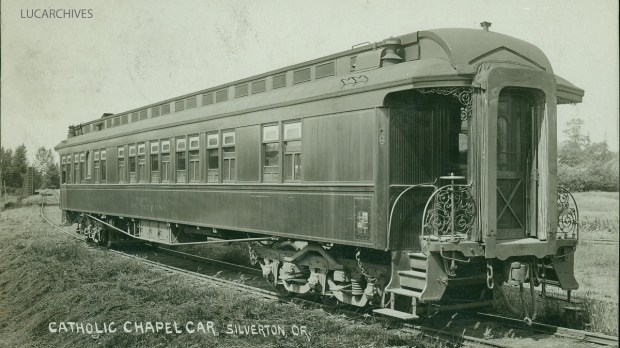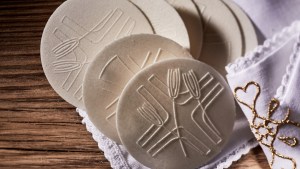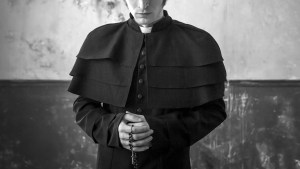America owes much of its expansion during the late 19th century to the invention and development of the railroad network. Cities started to sprout in previously sparsely inhabited locations as each block of the great American railway was built. This new means of transportation not only revolutionized America’s landscape, it also changed the way people could attend church services.
Suddenly, rail networks allowed Catholics living in remote locations to travel to larger cities to attend church, and some pioneering priests went a step further. In order to ensure that people living even in the most remote of locations could attend Mass, they created “railroad chapels.”
As explained by Wilma Taylor and Norman Taylor in the article “The Story of Americas Chapel Cars,” published in the journal Railroad History and cited by Jstor Daily, these railroad chapels traveled from town to town to provide church services to communities that were too small to have a dedicated place of worship.
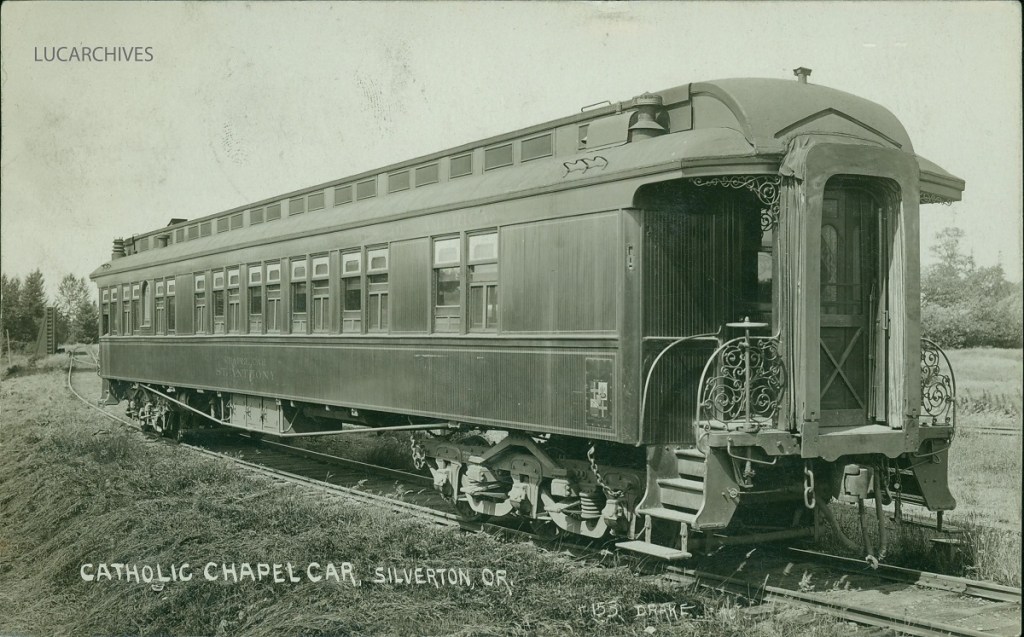
The first “railroad chapel” was built in 1890 by the Episcopal Church and was quickly followed by similar initiatives from different denominations. It is estimated that between 1890 and 1946 at least 13 railroad chapels were traveling across America on trains to provide church services to rural believers. These mobile churches were exempted from paying passage fees thanks to a special agreement with the Northern Pacific Railroad that allowed railroad chapels to roam the US for free, making it financially sustainable for small congregations to keep operations running.
As reported by Taylor and Taylor, the first Catholic railroad chapel was started by Francis Clement Kelley, a Catholic priest who learned about railroad chapels at the St. Louis World’s Fair in 1904. With knowledge of this new ingenious way to provide church services to rural people, Kelley ordered the purchase of a second-hand railroad car from Chicago. The first Catholic railroad chapel, called “St. Anthony,” was officially blessed on June 16, 1906, at Chicago’s Union Station.
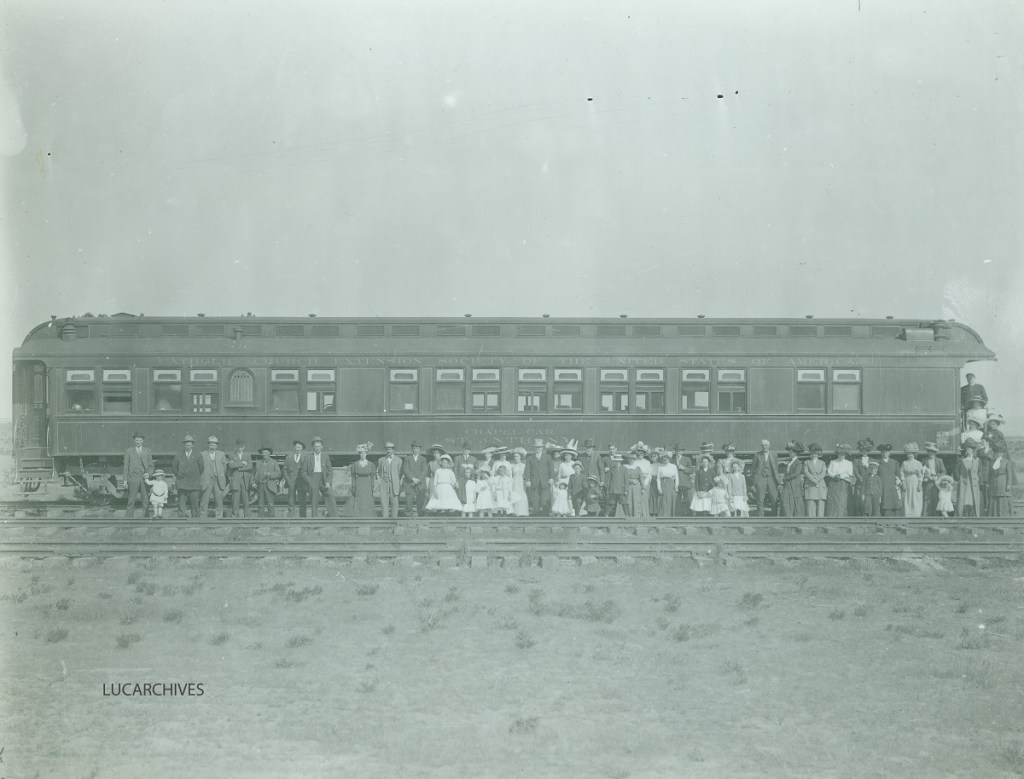
From outside, the St. Anthony railroad chapel looked much like any other railroad car. It measured 70 feet and was made of laminated steel, but the interior of the car revealed the special purpose of the vehicle. There were special drawers to hold priest vestments, a table with a crucifix fastened by screws to avoid damage during motion, and a movable communion railing that could work as a confessional.
As detailed in the official log documents preserved in the Special Archive collection of Loyola University in Chicago, up to 65 people could attend services held inside St. Anthony’s railroad chapel. Between 1907 and 1909, St. Anthony’s railroad chapel traveled across Kansas and South Dakota to bring Holy Communion and Confession to thousands of Catholics.
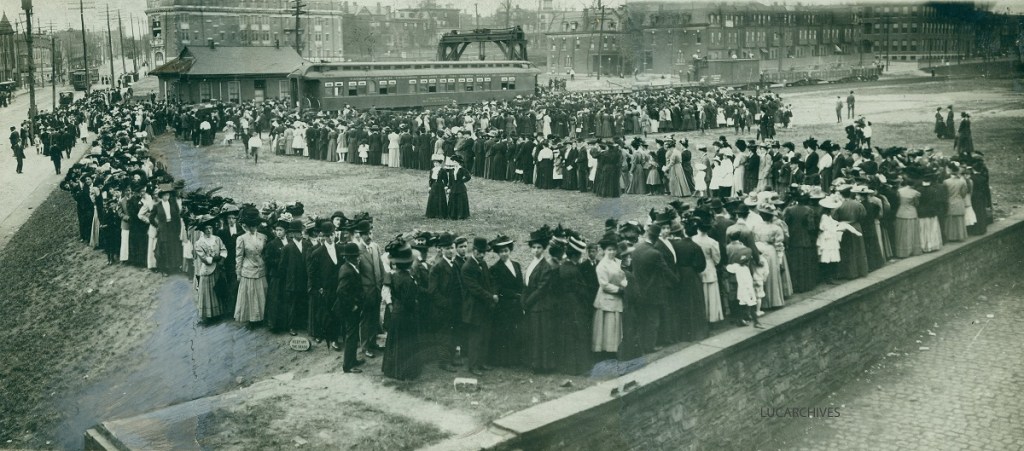
As Taylor and Taylor observed, railroad chapels were more than just “moving churches,” offering a way to build a strong support system in communities that were just starting to come together. The authors of “The Story of America’s Chapel Cars” further note that they sometimes offered an inclusive place of worship for communities that were at the margins of society. Some carts were “specifically designed to welcome African Americans and members of other minority religions who were not accepted in other churches.”
The popularity of railroad chapels started to fade after World War II, and by the 1970s, when automobiles overtook trains as the most prevalent mode of transportation in America, they were dismissed. Thanks to digital archives from Loyola University, however, anyone can now learn about one of the most ingenious developments of Catholic faith in recent American history. Photos and documents about railroad chapels can be accessed here.
